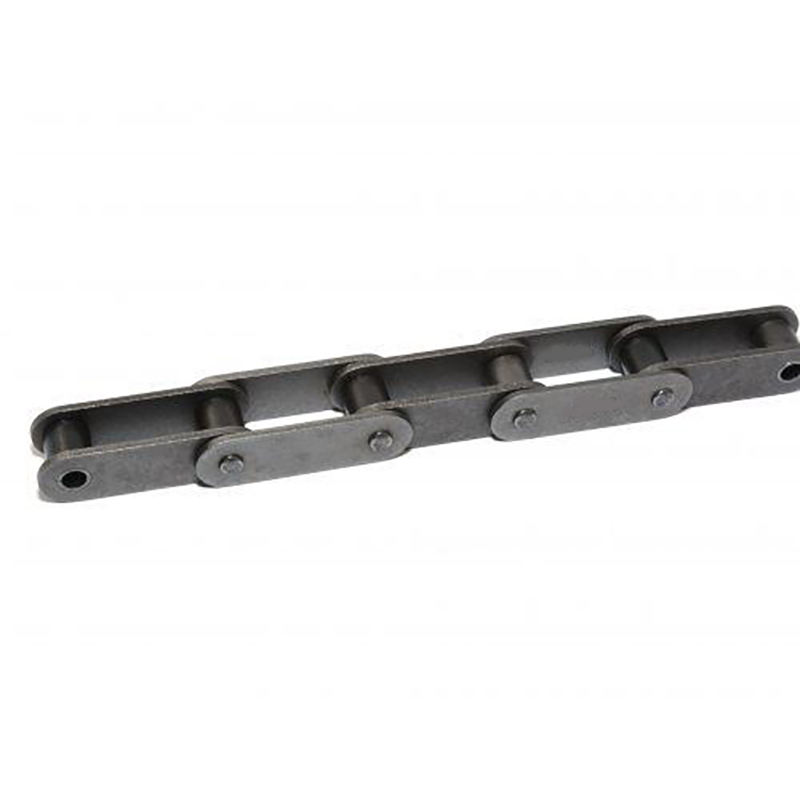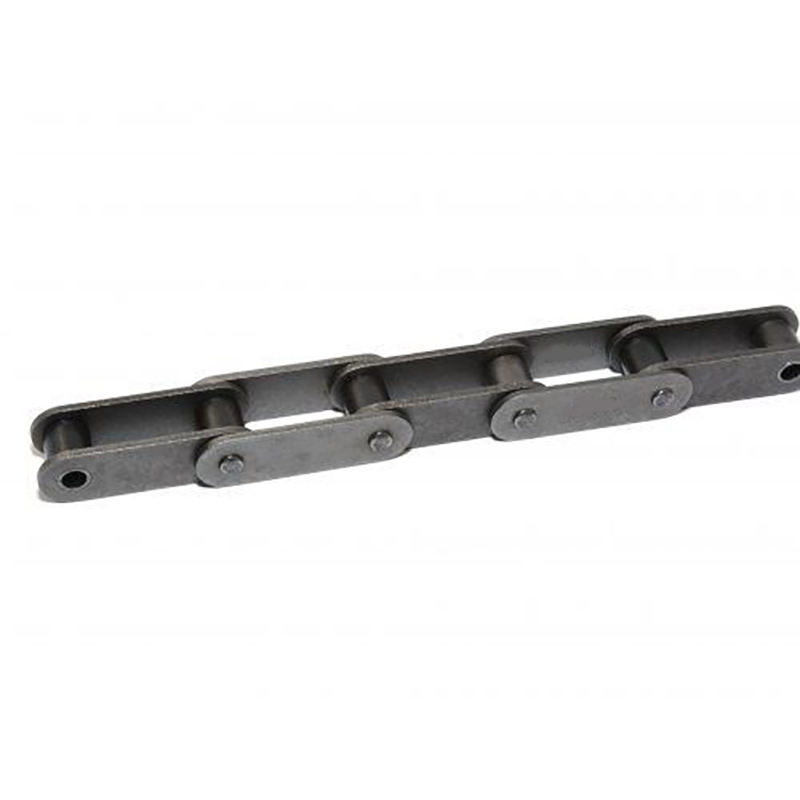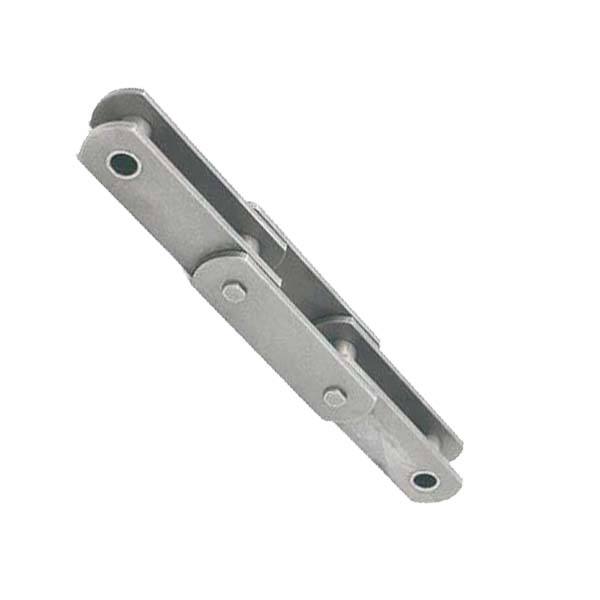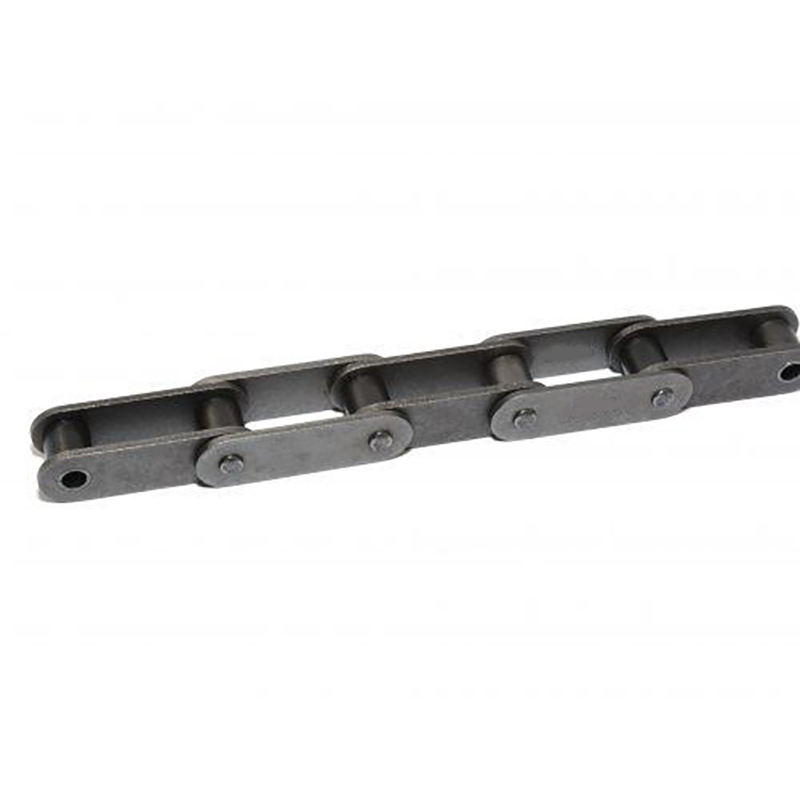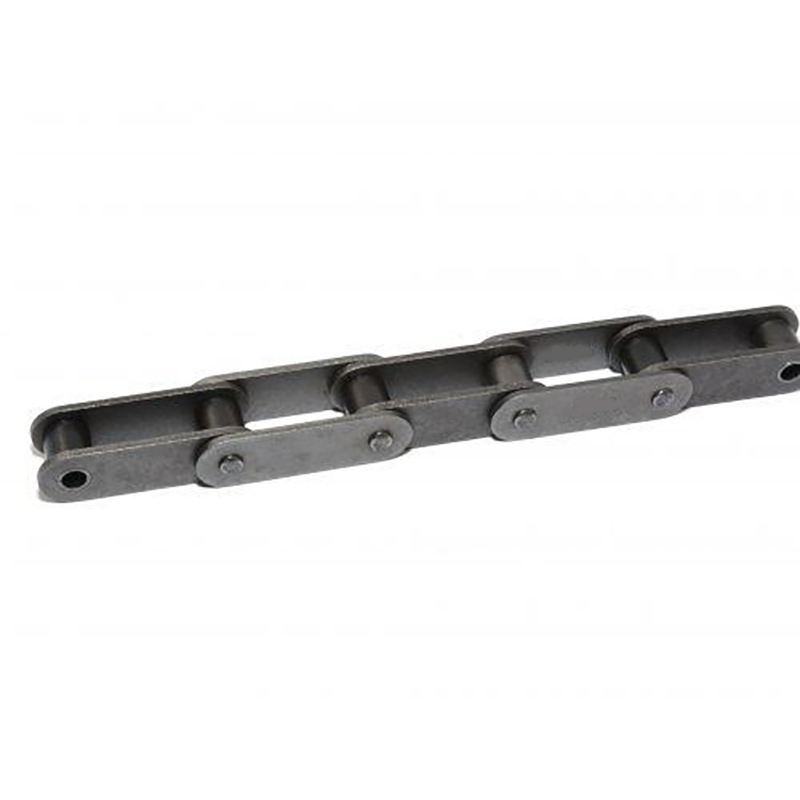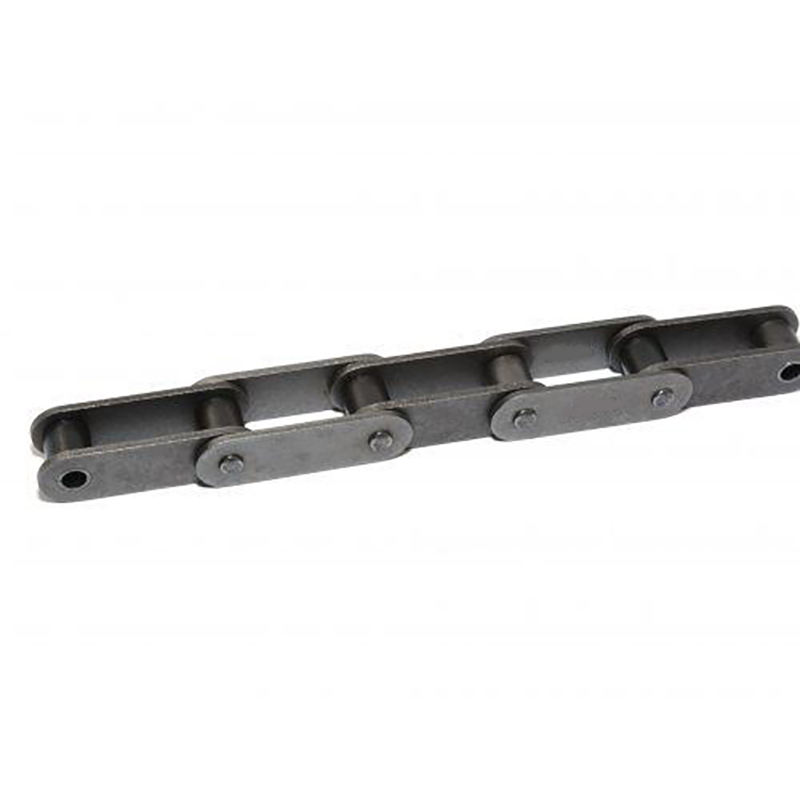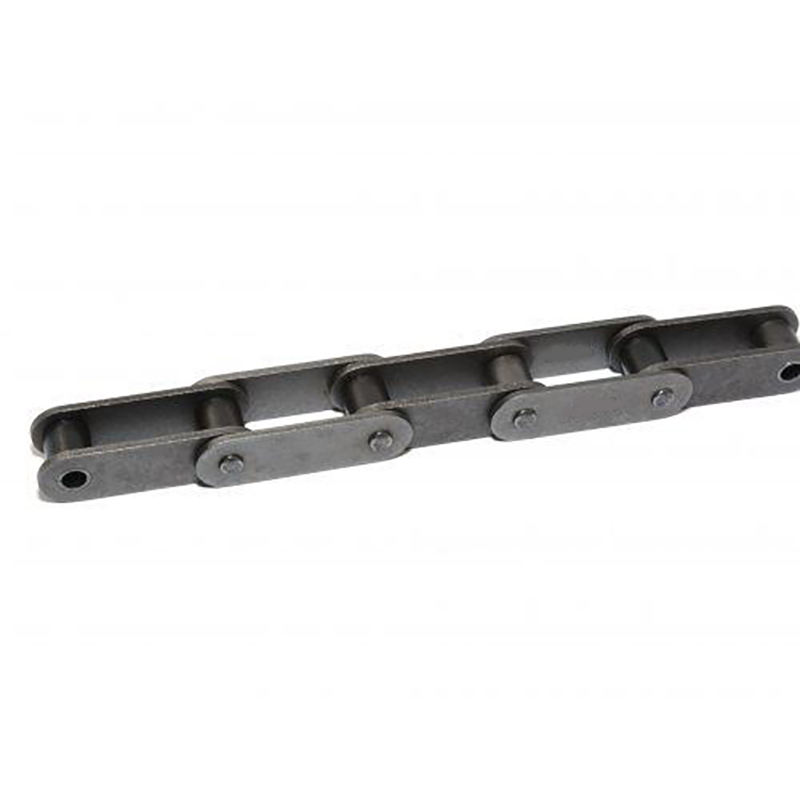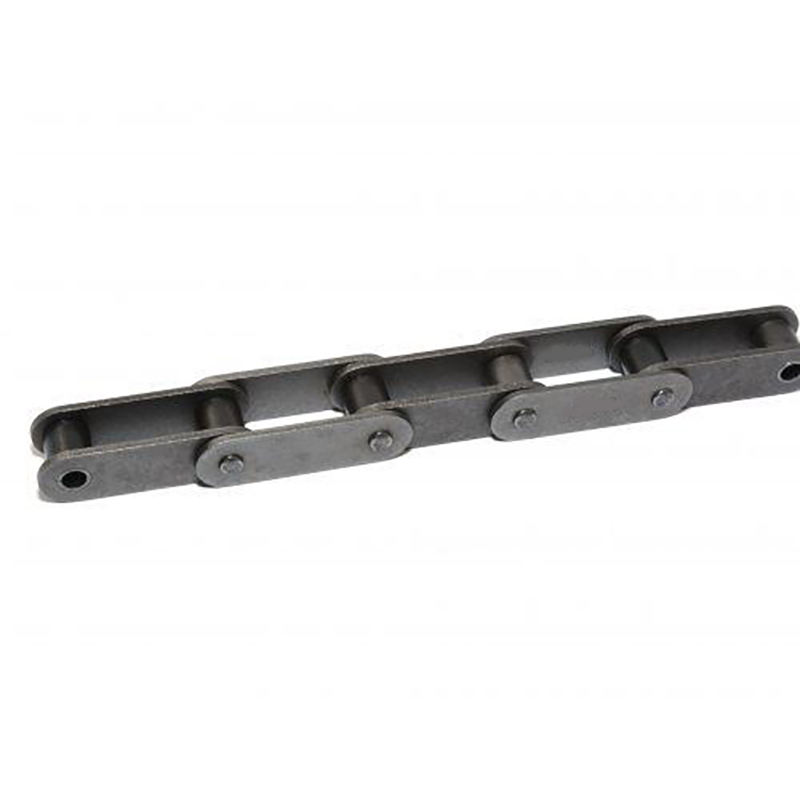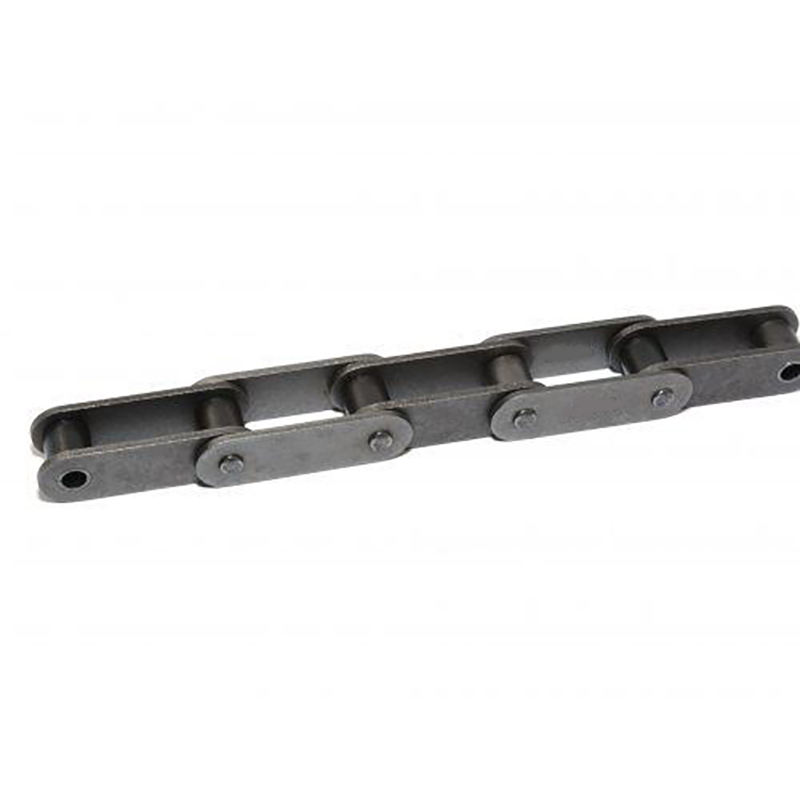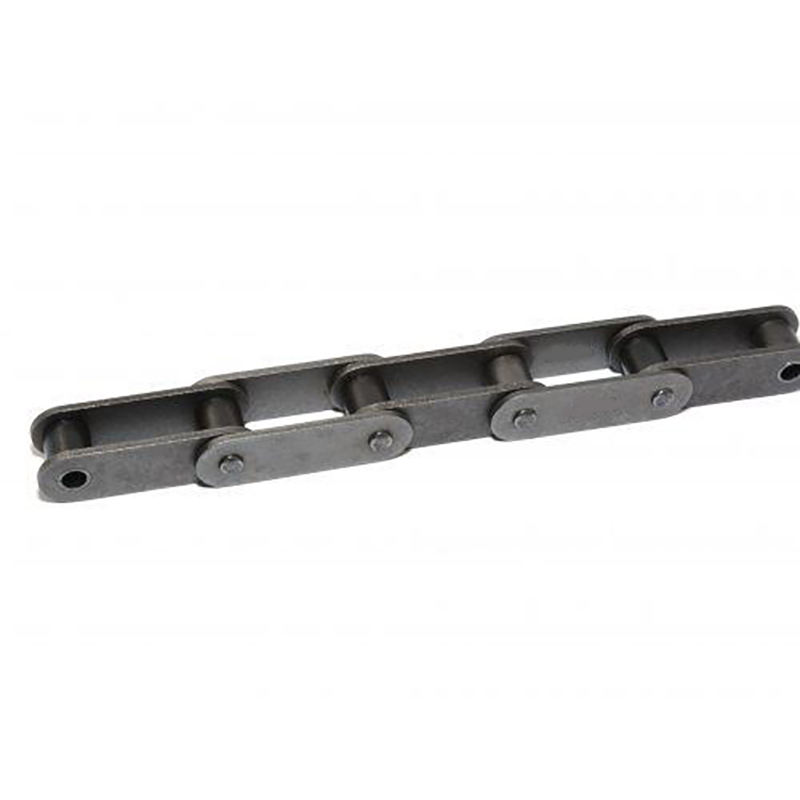Conveyor chains are critical components in material handling systems, designed to move products efficiently in industries such as manufacturing, agriculture, mining, and logistics. These chains consist of interconnected links powered by sprockets, enabling smooth transportation of goods across various environments. With advancements in engineering, modern conveyor chains offer enhanced durability, corrosion resistance, and load-bearing capabilities, making them indispensable for high-performance operations.
Our conveyor chains are manufactured to meet rigorous industry standards, incorporating features that ensure reliability and longevity. Below is a list of essential characteristics:
To help you select the right conveyor chain for your needs, we provide a detailed table of parameters. These specifications are based on industry standards such as ISO 1977 and ANSI B29.1.
| Parameter | Standard Values | Custom Options |
|---|---|---|
| Chain Pitch | 25.4 mm to 152.4 mm (1" to 6") | Available upon request |
| Breaking Load | 10 kN to 200 kN | Higher loads achievable |
| Material | Carbon steel, stainless steel, plastic | Special alloys for extreme conditions |
| Weight per Meter | 0.5 kg to 15 kg | Lightweight or heavy-duty variants |
| Operating Speed | Up to 60 m/min | Optimized for high-speed systems |
Conveyor chains are versatile and used across multiple sectors. Common applications include:
What materials are used in conveyor chains?
Conveyor chains are typically made from materials such as carbon steel for general use, stainless steel for corrosion resistance in food or chemical industries, and plastic for lightweight, low-noise applications. Special coatings like nickel plating can be applied for additional protection against wear and environmental factors.
How do I determine the correct chain size for my system?
To select the proper chain size, consider factors like the maximum load weight, operating speed, and environmental conditions. Refer to the chain pitch and breaking load parameters in our table above. Consulting with an engineer or using our online sizing tool can ensure compatibility with your sprockets and conveyor framework.
What maintenance is required for conveyor chains?
Regular maintenance includes lubrication to reduce friction and wear, inspection for signs of elongation or damage, and tension adjustments. Self-lubricating chains require less frequent upkeep. Always follow the manufacturer's guidelines, and replace chains if elongation exceeds 3% of the original length to prevent system failures.
Can conveyor chains be used in high-temperature environments?
Yes, certain conveyor chains are designed for high-temperature operations up to 200°C (392°F). These are often made from heat-resistant alloys or stainless steel with special treatments. It's crucial to specify the temperature range during selection to avoid premature failure due to thermal expansion or loss of strength.
Are custom conveyor chains available?
Absolutely. We offer customizable options for pitch, width, material, and attachments to meet unique application requirements. Provide details such as load capacity, environment, and desired lifespan, and our team will engineer a solution tailored to your needs.
How do I install a conveyor chain properly?
Installation involves aligning the chain with sprockets, ensuring proper tension, and securing connecting links. Always refer to the product manual for step-by-step instructions. Incorrect installation can lead to misalignment, increased wear, or chain failure, so it's advisable to have a trained technician perform the setup.
